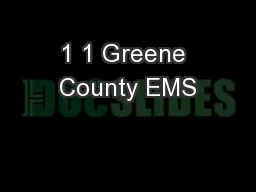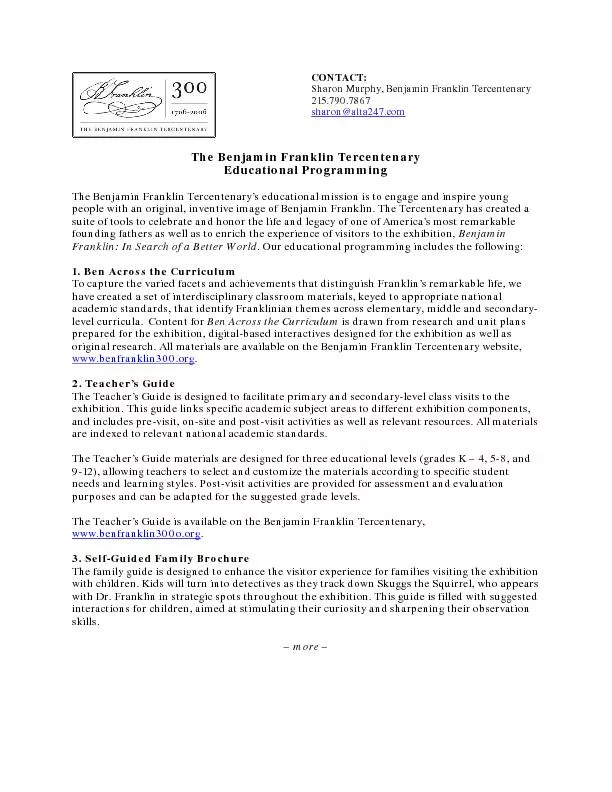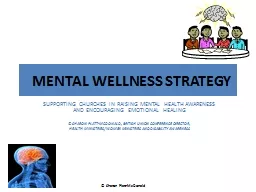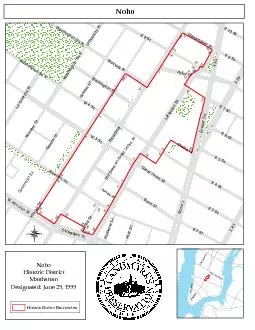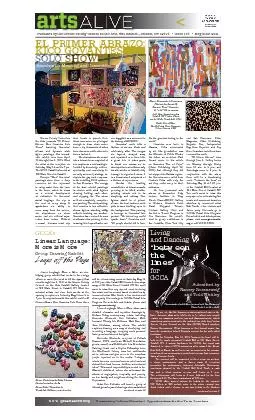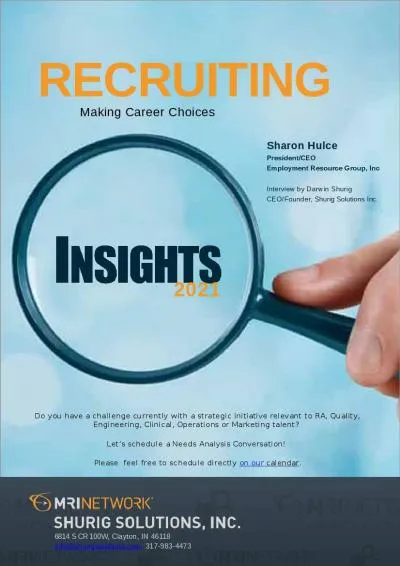PPT-Sharon Greene
Author : myesha-ticknor | Published Date : 2016-05-15
HDR Sharon Greene Associates April 2015 FUNDING CALIFORNIAs PASSENGER RAIL SERVICES Background Californias Passenger Rail Services Funding Issues and Trends Addressing
Presentation Embed Code
Download Presentation
Download Presentation The PPT/PDF document "Sharon Greene" is the property of its rightful owner. Permission is granted to download and print the materials on this website for personal, non-commercial use only, and to display it on your personal computer provided you do not modify the materials and that you retain all copyright notices contained in the materials. By downloading content from our website, you accept the terms of this agreement.
Sharon Greene: Transcript
Download Rules Of Document
"Sharon Greene"The content belongs to its owner. You may download and print it for personal use, without modification, and keep all copyright notices. By downloading, you agree to these terms.
Related Documents


